MercoPress. South Atlantic News Agency
Antarctica
-
Thursday, May 19th 2022 - 23:48 UTC
Reach the World to Honor the Endurance22 Expedition with the 2022 Cronkite Award
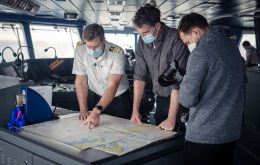
The Endurance22 expedition will receive Reach the World’s 2022 Cronkite Award for Excellence in Storytelling. Reach the World will present the award at its Annual Benefit in New York City on July 20, 2022.
-
Saturday, May 14th 2022 - 07:45 UTC
Merchant Navy cadets join RRS Sir David Attenborough in the Falklands for training deployment
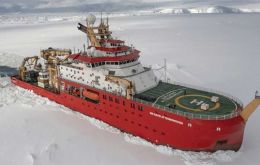
Four Trinity House Merchant Navy Cadets are joining Britain’s new polar research vessel RRS Sir David Attenborough this week in the Falkland Islands on a four-month training deployment.
-
Monday, May 9th 2022 - 10:55 UTC
Chilean president will address the Falklands issue with Boris Johnson in Egypt

Chilean president Gabriel Boric will be talking about the Falklands and South Sandwich Islands sovereignty claims with Prime Minister Boris Johnson and Argentine president Alberto Fernandez during the next COP27 scheduled for November.
-
Thursday, May 5th 2022 - 09:46 UTC
BAS Director Professor Jane Francis awarded Patron's Medal from the Royal Geographical Society
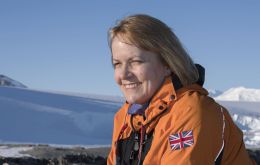
The director of the British Antarctic Survey (BAS), Professor Dame Jane Francis has been awarded the prestigious Royal Geographical Society with the Institute of British Geographers (IBG) Patron’s Medal for contributions to earth and environmental sciences.
-
Thursday, May 5th 2022 - 09:34 UTC
Britannia Royal Naval College has a new Commanding Officer, Captain Sarah Oakley
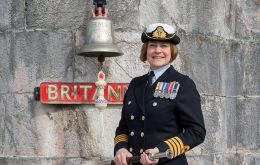
The home of the Royal Navy Officer Corps has a new Commanding Officer providing tomorrow’s Fleet with the leaders it needs. Captain Sarah Oakley, who also served as commander of the former Falklands' patrol HMS Clyde, formally took charge of Britannia Royal Naval College from Captain Roger Readwin in a handover ceremony. Captain Readwin reflected on his two and a half years at the helm of one of the most prestigious training establishments in the world.
-
Tuesday, May 3rd 2022 - 08:59 UTC
IAATO appoints Tudor Morgan as chair of the organization

The International Association of Antarctica Tour Operators (IAATO) has appointed Executive Committee member Tudor Morgan to its leading role. Tudor, VP Government and Industry relations at IAATO member operator Hurtigruten Expeditions, takes the reins from Robyn Woodhead, who steps down after five years on the EC, the last one as chair.
-
Thursday, April 28th 2022 - 09:54 UTC
Scientists find never-changing ice island in Antarctica
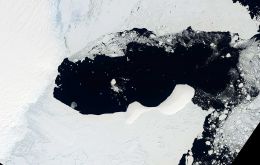
Climate change has been confirmed once more to be taking its toll on Earth's shape as an ice island has been discovered in Antarctica which has stayed unchanged even in the presence of bypassing icebergs and other phenomena, according to NASA data.
-
Thursday, April 28th 2022 - 09:30 UTC
Chile's domestic built icebreaker is 59% completed, Navy reports
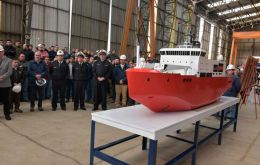
Chile's first domestic built icebreaker, as part of the “Antarctica Project I”, will enable the country's navy to fulfill multiple logistic tasks, research operations, supply Antarctic bases and stations, having the capacity to sail in one-meter thick ice.
-
Tuesday, April 26th 2022 - 09:45 UTC
World's Penguin Day, five of 18 species live in the Falkland Islands
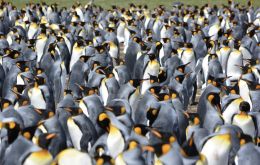
April 25, marks World Penguin Day, an opportunity for many wildlife organizations to tout conservation efforts for these charismatic, amphibious birds. It’s nearly winter in the southern hemisphere, and April 25 coincides with Antarctic penguins’ annual northward march to the sea.
-
Tuesday, April 26th 2022 - 09:17 UTC
Argentine Antarctica bases now communicated through ARSAT satellites
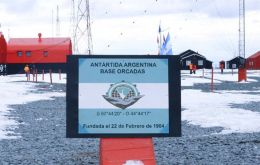
All of Argentina's bases in Antarctica are now equipped with telecommunications systems depending on nationally-owned ARSAT satellites instead of relying on foreign providers, it was announced.
